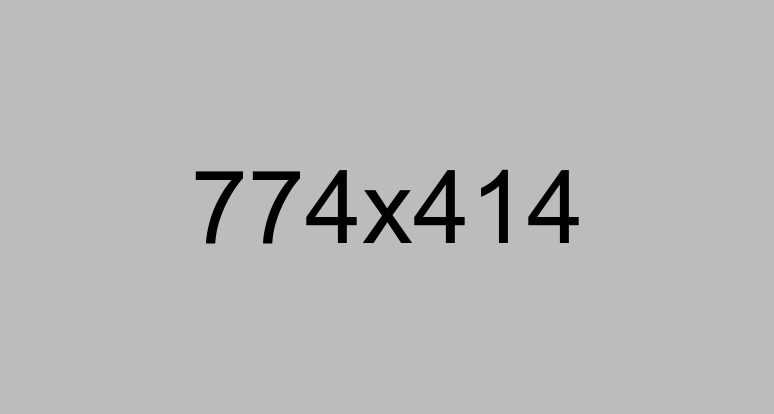Structures of the Atoms
Que 1. One electron is present in the outermost shell of an element ‘Z’
(a) What will be the nature of this element?
(b) What will be value of charge of the ion formed, if this electron is removed from the outermost shell?
Ans.
(a) Element ‘Z’ will be a metal because it has only one electron in the outermost shell, so it is electropositive.
(b) After loss of one electron, ‘Z’ will acquire one positive charge.

Que 2. Composition of the nuclei of two atomic species ‘X’ and ‘Y’ are given below:
X Y
Protons 8 8
Neutrons 8 10
Give the mass number of ‘X’ and ‘Y’ What is the relationship between the two species?
Ans. (i) Atomic mass of elements ‘X’ = Number of protons + Number of neutrons
= 8 + 8 = 16 u
(ii) Atomic mass of element ‘Y’ = Number of neutrons + Number of protons
= 10 + 8 = 18 u
Relationship between X and Y: The atomic number of the elements is same but their atomic masses are different. Hence, they are isotopes of each other.
Que 3. An atom ‘M’ of an element reacts wit oxygen to from M2O3. Calculate the valency of the element ‘M’.
Ans. Two atoms of element ‘M’ combine with 3 atoms of oxygen.
Number of oxygen atoms combining with one atom of element ‘M’ = 
Therefore, the valency of element ‘M’ = 
Que 4. Complete the following gaps in the given table:
|
Elements |
Protons |
Electrons |
Neutrons |
Atomic Number |
Mass Number |
|
A |
- |
- |
10 |
8 |
- |
|
B |
15 |
- |
- |
- |
31 |
|
C |
1 |
- |
- |
- |
3 |
|
D |
- |
11 |
12 |
- |
- |
Ans. We know that the number of protons = Atomic number
Number of protons = Number of electrons
Mass number = Number of protons + number of neutrons
Using these relationship, we can fill up these gaps as follows.
|
Elements |
Protons |
Electrons |
Neutrons |
Atomic Number |
Mass Number |
|
A |
8 |
8 |
10 |
8 |
18 |
|
B |
15 |
15- |
16 |
15 |
31 |
|
C |
1 |
1 |
2 |
1 |
3 |
|
D |
11 |
11 |
12 |
11 |
23 |
Que 5. Explain why chlorine whether as the element or its compounds, always has relative atomic mass of about 35.5.
Ans. The relative atomic mass is the average mass of one of the atoms and has to take into account the relative abundances of the various isotopes.
Natural chlorine always contains about 
Therefore, relative atomic mass of chlorine = 
= 35.5 u
Que 6. An element ‘X’ has mass number 4 and atomic number 2. Write the valency of this element. Will it react with other atoms of different elements?
Ans. We know that only valence electrons take part in bond formation with different atoms. In the atom of ‘X’ element there are only two electrons. Since atomic number is 2. Thus, K shell is fully filled for this atom. Hence, its valency is zero. It will not other atoms of different elements.
Que 7. How many electrons will weigh 1 g?
Ans. Mass of an electron = 
Mass of 
Now, mass of 1g, i.e., 10-3 kg will have 
= 1.098 1027 electron.

